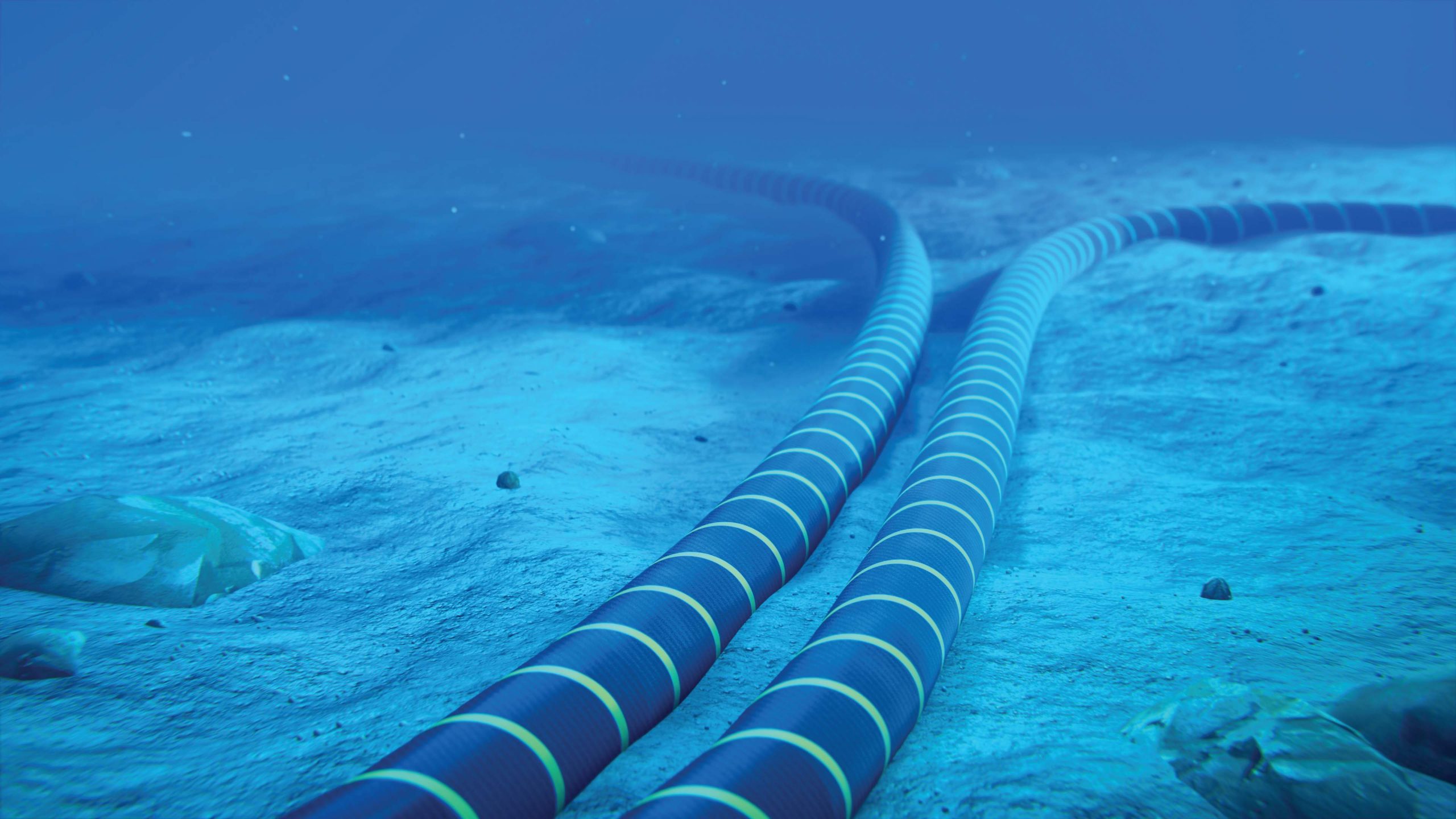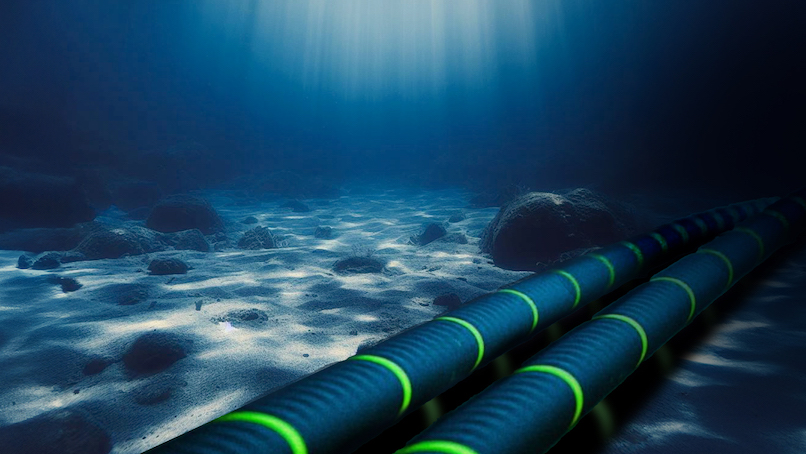How Invisible Submarine Cables Are Powering Global Communications Growth
-
September 5, 2022
-
5 min read

Submarine fibre-optic cables are a vital link in enabling the digital revolution. They may be underwater and unseen but provide essential telecom connectivity between countries.
According to Telegeography’s Submarine Cable Map, there are about 400 submarine cables worldwide, covering over 1.3 million kilometers. The major routes link Europe, Asia, and Latin American countries with North America. These regions have large amounts of data to send and receive.
Some of the most important cable routes are:
- Trans-Atlantic: New York to London.
- Trans-Pacific: Los Angeles to Tokyo, Hong Kong, Singapore, and Sydney.
- Intra-Asia: Tokyo to Singapore, Hong Kong to Singapore, Singapore to Mumbai.
- EMEA-to-Asia: London to Singapore, Marseilles to Mumbai.
- Europe to Africa
The cables are owned by major telecom solution providers such as Airtel and other global telecom, tech and content companies. The undersea cable system is constantly changing and growing. New cables are introduced, and older ones are regularly decommissioned.
Airtel’s Role in the Digital Revolution
As a global communications solutions provider in 17 countries across South Asia and Africa, Airtel significantly accelerates IP transit and powers the Internet age. It has enabled payment, infrastructure, international calling and networks through subsidiaries.
Advanced infrastructure is at the heart of Airtel’s actions and success story. Submarine cable systems are a core component of this. Airtel’s cables seamlessly link India, APAC, Africa to the world for a satisfying customer experience across audio, video, e-commerce and other Internet-driven applications.
Key Drivers of Global Internet Growth
Submarine cables need to be constantly increased and augmented because of the explosive growth of the Internet. The enablers in terms of global business are:
Cloud Services
According to a new Gartner report, global spending on cloud services in 2022 will rise by 20.4 per cent. In 2023, the figure is expected to reach nearly USD 600 billion. Cloud-based services and applications are flexible, cost-effective and accessible. They can accelerate agility and innovation at scale.
Data Centres
A new wave of data centres is pushing the boundaries of data storage and retrieval. These use machine learning, artificial intelligence, and environmentally-friendly solutions to meet enterprise demands.
Content Delivery Networks
CDNs provide fast and efficient content delivery to websites and Internet services. They are necessary to quickly transfer data for loading HTML pages, JavaScript files, images, videos and more. Most web traffic nowadays is through CDNs, and their popularity continues to grow.
Enterprise Applications
Enterprise applications have transformed supply chain management, customer relationship management, and knowledge management. The market is experiencing rapid growth with big data and machine learning algorithms.
OTT
The over-the-top global market is also witnessing rapid growth. In India alone, the video OTT market size is expected to double in the next four years to reach USD 12.5 billion by 2030.
Airtel’s Powerful Capabilities across the globe
Airtel has emerged as a leading global communications company in 17 countries across Asia and Africa. It ranks in the top 2 mobile service providers globally in terms of subscribers.
It has investments in 33+ international cables across the globe – few wholly owned and rest as part of a consortium. These have advanced, multi-terabit capacities across systems. The list includes:
- An i2i submarine cable system that connects Chennai to Singapore.
- Consortium ownership of SMW4, EIG, and IMEWE submarine cable systems. These connect India to Europe, Southeast Asian countries, the Middle East and the US.
- AAG, Unity, and SJC as wholly-owned cables
- Private investments in MENA, GBI and i2i
- Terrestrial connectivity to neighboring countries. These include Nepal, Bangladesh, Myanmar, and Bhutan.
- Equiano, 2Africa, SMW6, SMW6 co-build, SJC2 as new investments
Airtel also owns three cable landing stations (CLS): two in Chennai and one in Mumbai. The global network runs across 365,000+ route kilometers covering 50 countries and five continents.
Preparing to Meet Future Demand
There is a strong demand for high-bandwidth and low-latency submarine cable capacity. To fill this need, many new cables are being constructed by major players.
Airtel has invested in multiple cables to connect India, Europe, Africa and Southeast Asia. It is poised to further increase its capacity to serve growing needs. Recently, it has invested in cables connecting Europe to major African countries such as South Africa, the Democratic Republic of Congo, Tanzania, Gabon, Kenya, Djibouti, and Madagascar.
Airtel is ready to emerge as an even bigger player in submarine cables. It is poised to meet the surge in demand for fast, secure Internet services.
Ready for Tomorrow
Airtel is also strengthening India’s capacity requirements. These upgrades involve:
- Preparing to replace older cables with more advanced versions
- Creating diverse and widespread usage through multiple paths and landing routes.
Recently, Airtel has also invested in the SEA-ME-WE-6 undersea cable consortium and new landing station is being built in Mumbai for SMW6 & 2Africa that lands the capacity of 200+TB in India.
This will increase its high-speed global network capacity and raise its sub-sea profile—one more step to serve the accelerating digital economy.
Submarine cables are just one of the many ways that Airtel is powering business needs. To find out more about how we can provide reliable and cost-effective global connectivity for your enterprise, get in touch with us today.
 Share
Share







